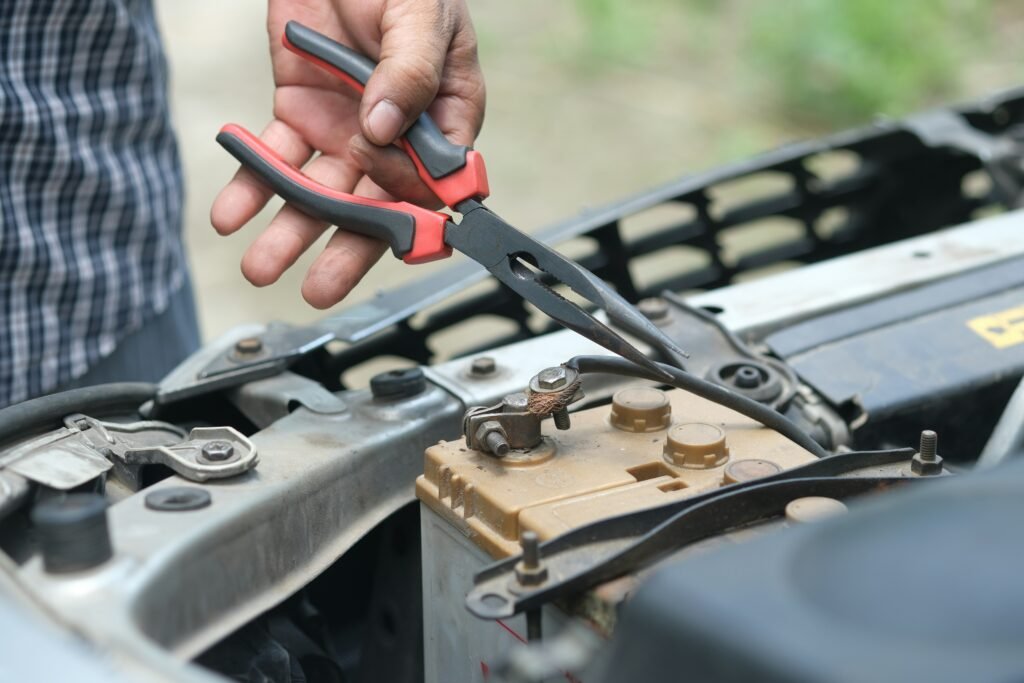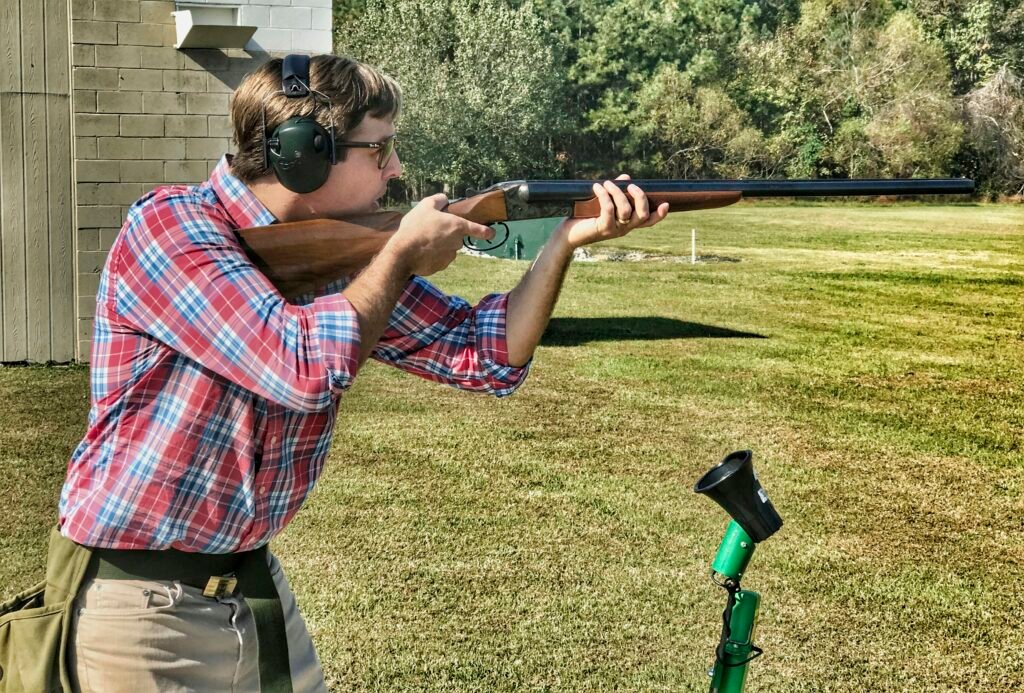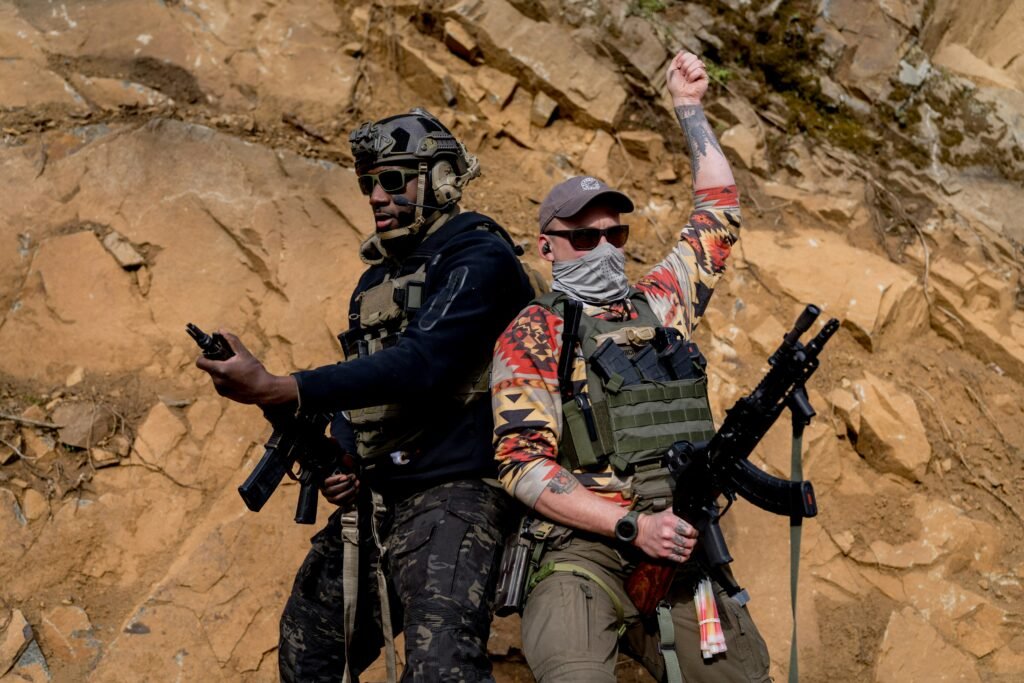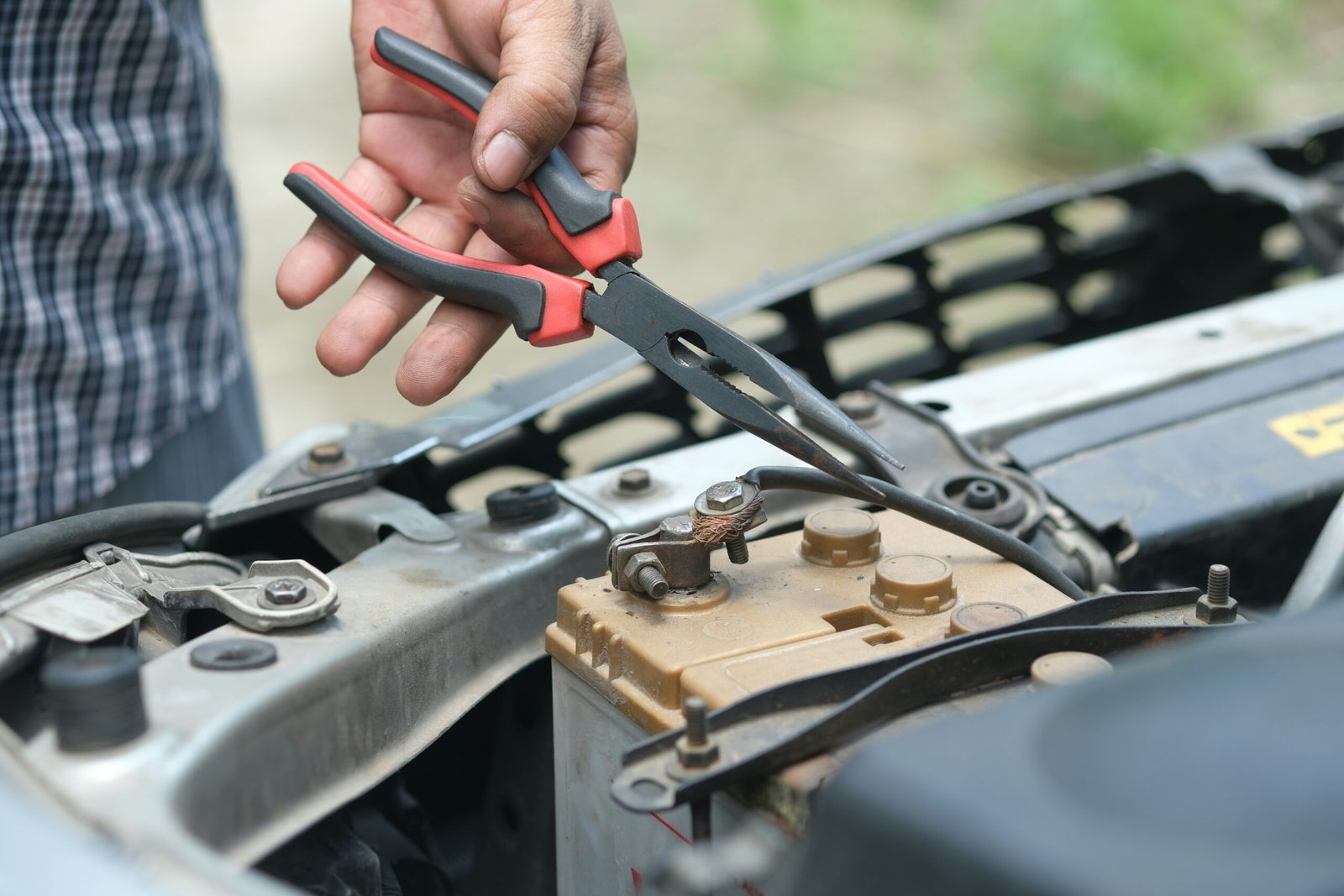Are you an aspiring shooter looking to perfect your skills at the gun range? It’s essential to acquaint yourself with the ins and outs of gun range rules and regulations to ensure a safe and enjoyable experience. This article will provide you with a comprehensive understanding of these guidelines, allowing you to navigate the gun range environment with confidence and expertise. Whether you’re a seasoned shooter or a novice, mastering these rules will be key in creating a harmonious and secure atmosphere for all. So, let’s dive right in and explore the world of gun range rules and regulations!

This image is property of images.unsplash.com.
Safety Measures
Overview of safety measures
When it comes to visiting a gun range, safety should always be the top priority. Gun ranges have specific safety measures in place to ensure the well-being of all shooters and staff. These measures encompass a wide range of guidelines and procedures that must be followed by everyone present on the range. Understanding and adhering to these safety measures is crucial to create a safe shooting environment.
Importance of following safety guidelines
Following safety guidelines at the gun range is of paramount importance. These guidelines are not in place to restrict or inconvenience you; rather, they are designed to protect you and those around you. By following these guidelines, you minimize the risk of accidents and injuries. Remember, firearms are powerful tools that demand respect and responsible handling. By practicing safety measures, you contribute to an environment that promotes the enjoyment and educational value of shooting sports.
Personal protective equipment
Personal protective equipment (PPE) plays a vital role in ensuring the safety of shooters. While visiting a gun range, it is essential to wear the proper gear to protect yourself from potential hazards. This typically includes eye protection, such as safety glasses or goggles, to shield your eyes from flying debris or spent casings. Additionally, ear protection, such as earmuffs or earplugs, should be worn to prevent damage to your hearing. Some gun ranges may also require the use of a hat or cap for added protection. Always check the specific requirements of the range you intend to visit and come prepared with the necessary PPE to keep yourself safe.
Range Etiquette
Respecting fellow shooters
Respecting fellow shooters is not only polite but also crucial for the safety and enjoyment of everyone on the gun range. Always be mindful of others and their activities. Avoid interfering with their shooting sessions or distracting them while they are focusing on their targets. Refrain from handling other shooters’ firearms unless given explicit permission to do so. Treat fellow shooters with courtesy, patience, and respect, fostering a friendly and inclusive atmosphere on the range.
Proper behavior on the range
Proper behavior on the range encompasses several essential aspects. Never handle a firearm while anyone is downrange, as this poses a serious safety risk. Always keep your finger off the trigger and pointed in a safe direction until you are ready to shoot. Respect the range officers and their instructions, as they are responsible for ensuring the safety of all visitors. It is also important to maintain a calm and patient demeanor, especially during busy times when the range may be crowded. Finally, ensure you clean up after yourself by properly disposing of casings and other waste materials in designated areas.
Avoiding distractions
Distractions can pose a significant safety hazard on the gun range. It is crucial to remain focused on the task at hand and avoid distractions that may impede your ability to shoot safely. This means refraining from talking or engaging in unnecessary conversations while handling firearms. Any distractions, such as using cell phones, consuming alcohol or drugs, or engaging in disruptive behavior, should be strictly avoided. By prioritizing concentration and attentiveness, you contribute to a safer shooting environment for everyone involved.

This image is property of images.unsplash.com.
Handling Firearms
Basic firearm safety rules
When handling firearms, it is essential to familiarize yourself with and adhere to the basic firearm safety rules. These rules provide a solid foundation for responsible gun ownership and safe shooting practices. They include:
- Treat every firearm as if it is loaded: Always assume that any firearm you encounter is loaded, whether it appears to be or not.
- Keep your finger off the trigger until ready to shoot: Only place your finger on the trigger when you are ready to shoot at your designated target.
- Keep the firearm pointed in a safe direction: Ensure that the muzzle of the firearm is always pointed in a direction where an unintentional discharge would not cause harm or damage.
- Know your target and what is beyond: Be aware of your surroundings and identify your target, ensuring the area behind it is clear of people or objects that could be unintentionally hit.
- Be aware of your surroundings and stay alert: Maintain situational awareness at all times, knowing where others are and what they are doing.
Proper grip and stance
Developing a proper grip and stance is essential for accurate and controlled shooting. Your grip should be firm but not overly tight, allowing you to maintain control of the firearm without exerting unnecessary force. Make sure your fingers are positioned correctly on the grip and avoid placing them near the trigger until you are ready to shoot. Your stance should be balanced, with your feet shoulder-width apart for stability. Distribute your weight evenly between your feet, slightly bending your knees to absorb recoil if necessary. Practice and refine your grip and stance to achieve optimal shooting performance.
Loading and unloading procedures
Knowing how to correctly load and unload firearms is a fundamental skill for any shooter. Before loading, ensure the firearm is pointing in a safe direction, and your finger is off the trigger. Follow the manufacturer’s instructions for properly loading the magazine or chamber, taking care not to overload or underload. Once loaded, keep the firearm pointed downrange, maintaining a controlled grip. When unloading, again point the firearm in a safe direction, remove the magazine (if applicable), and carefully eject any remaining rounds from the chamber. Always adhere to the specific procedures outlined by the firearm’s manufacturer and the rules of the range you are visiting.
Cease Fire Procedures
Definition and purpose of a cease fire
A cease fire is a command given on the gun range that signifies an immediate halt to all shooting activities. This command is usually issued to address potential safety concerns or when range maintenance or target replacement is necessary. The purpose of a cease fire is to ensure the safety of everyone on the range by creating a controlled environment where shooters can safely handle and manipulate their firearms.
How to respond to a cease fire command
When a cease fire command is given, it is essential to respond promptly and appropriately. Immediately stop all shooting activities and keep your finger off the trigger. Place the firearm on the shooting bench or designated area with the muzzle pointed downrange, ensuring it is unloaded and the action is open. Step away from the firearm and maintain a safe distance until the range officer provides further instructions. Avoid handling firearms or approaching the firing line during a cease fire unless explicitly instructed to do so by the range officer.
Safe firearm handling during a cease fire
During a cease fire, it is critical to handle firearms in a safe and responsible manner. Keep the muzzle pointed downrange at all times, even if the firearm is unloaded. Keep your finger off the trigger and outside of the trigger guard while handling the firearm. Do not attempt to load or unload the firearm or make any modifications to its configuration during a cease fire. Adhere to the instructions provided by the range officer and comply with any additional safety measures outlined by the range’s rules and regulations.

This image is property of images.unsplash.com.
Range Commands
Common range commands and their meanings
Range commands serve as essential communication tools between range officers and shooters. It is crucial to understand and promptly respond to these commands for the safety and efficiency of a shooting session. Some common range commands and their meanings include:
- “Cease fire”: Indicates an immediate halt to all shooting activities.
- “Range is clear”: Indicates that the range is safe to proceed with shooting activities.
- “Load”: Indicates that shooters can proceed with loading their firearms.
- “Make ready”: Indicates that shooters can prepare their firearms and assume a shooting position.
- “Commence fire”: Indicates that shooters can begin shooting at their designated targets.
Communication between range officers and shooters
Effective communication between range officers and shooters is essential for maintaining a safe and organized shooting environment. Range officers play a crucial role in issuing commands, providing guidance, and addressing any safety concerns on the range. Shooters should pay close attention to range officers’ instructions and respond promptly. If there are any questions or uncertainties, it is important to seek clarification from the range officer. Clear communication ensures that everyone is on the same page and promotes a safer shooting experience for all.
Adhering to range commands for safety
Adhering to range commands is paramount for maintaining a safe shooting environment. Range officers are responsible for the overall safety of the range and shooters, and their commands should be followed without hesitation. The purpose of these commands is to coordinate shooting activities, address safety concerns, and ensure that everyone on the range is aware of the current status and conditions. By promptly obeying range commands, you contribute to a harmonious and secure shooting experience for all participants.
Target Placement
Proper placement of targets on the range
Proper target placement is crucial for a safe and effective shooting session. Targets should be placed in designated target areas and positioned at an appropriate height and angle to ensure safe shooting. Avoid placing targets too close to other shooters, as this may create a potential hazard. Additionally, ensure that targets are attached securely, minimizing the risk of them becoming loose or falling during shooting. Always follow the specific target placement guidelines set by the range you are visiting.
Distance and angle considerations
Understanding the appropriate distance and angle for target placement is essential for promoting safety on the range. Targets should be positioned at a distance that allows for the safe containment of bullets within the designated shooting area. Avoid placing targets too close to the backstop, as this may result in ricochets or bullets exceeding the boundaries of the range. Consider the caliber and type of ammunition being used, as different firearms have different effective ranges. Additionally, paying attention to the angle of the target can help prevent bullets from potentially ricocheting towards unintended areas.
Guidelines for hanging and securing targets
Properly hanging and securing targets is vital to prevent accidents and ensure the stability of the target. Use appropriate target stands or frames designed for the specific target type (paper, steel, etc.) and follow the manufacturer’s instructions for installation. Make sure the target is centered and securely attached to prevent movement during shooting. Avoid using materials that may create dangerous fragments, such as glass bottles or appliances. Regularly inspect targets for any damage or wear and replace them as necessary to maintain their integrity.
Ammunition Restrictions
Types of ammunition allowed on the range
Gun ranges typically have specific regulations regarding the types of ammunition that are allowed on their premises. Depending on the range’s rules and regulations, limitations may be imposed on certain calibers or types of ammunition. It is important to familiarize yourself with the range’s policies before bringing your own ammunition. Some ranges may restrict the use of high-powered ammunition or exotic rounds due to safety concerns or potential damage to range equipment.
Restrictions on armor-piercing or tracer rounds
Armor-piercing and tracer rounds are typically prohibited on gun ranges due to their potential to cause significant damage or create fire hazards. These types of ammunition can pose safety risks not only to shooters but also to the range infrastructure. Armor-piercing rounds have the ability to penetrate protective barriers, while tracer rounds present an increased risk of igniting fires. Always adhere to the range’s policies regarding these types of ammunition to ensure a safe and compliant shooting experience.
Specific rules for reloading ammunition
Some gun ranges have specific rules and regulations regarding the reloading of ammunition on their premises. Reloading refers to the process of assembling ammunition components to create functional rounds. If your intention is to reload ammunition at the range, consult the range’s policies beforehand. Ranges may require special considerations, such as designated reloading areas, compliance with safety protocols, and adherence to specific regulations governing reloading activities. It is crucial to follow these guidelines to ensure safety and maintain a harmonious environment for all shooters.
Range Equipment
Understanding range equipment and facilities
Understanding the range equipment and facilities available to you is essential for a safe and efficient shooting experience. Familiarize yourself with the various tools and resources provided by the range, such as target retrieval systems, shooting benches, and shooting lanes. Recognize the capabilities and limitations of the equipment, ensuring that you use them appropriately and handle them with care. If you are unsure about any aspect of the range equipment or facilities, seek guidance from the range staff or a qualified instructor.
Handling and operating target retrieval systems
Target retrieval systems are commonly used on gun ranges to provide controlled target movement and facilitate shooting practice. Learning how to handle and operate these systems is essential to maximize their benefits safely. Familiarize yourself with the controls and functionality of the target retrieval system at your specific range. Be mindful of range officers’ instructions on when to deploy and retrieve targets, ensuring that you do so safely and without interfering with other shooters. Respect the system’s limitations, such as weight capacity, and operate it in accordance with the manufacturer’s guidelines and the range’s rules.
Using range safety devices effectively
Range safety devices are designed to enhance safety on the gun range and should be used effectively. Examples of such devices include baffles, barriers, and bullet traps. These devices help contain bullets within the designated shooting area and prevent them from exiting the range or impacting the surrounding environment. Familiarize yourself with the presence and purpose of these safety devices at the range you are visiting. Understand how they function and their significance in ensuring a safe shooting experience. Follow any additional instructions or precautions outlined by the range to properly utilize these safety devices.
Rapid Fire and Multiple Shots
Rules for rapid fire and controlled pairs
Rapid fire and controlled pairs refer to shooting techniques involving multiple shots fired within a short period. It is important to adhere to specific rules and guidelines to ensure safety when employing these techniques. Always maintain control of the firearm and follow the basic firearm safety rules, even during rapid fire. Be mindful of your surroundings and ensure that your shots remain within the designated shooting area. Practice and refine your technique to maintain accuracy and control while shooting quickly, without compromising safety.
Shooting techniques for multiple shots
When engaging in shooting techniques involving multiple shots, it is crucial to focus on maintaining accuracy and control. Develop a rhythm and cadence that allows you to deliver each shot with precision. Proper grip and stance become even more critical during rapid fire, as they contribute to recoil management and overall stability. Do not sacrifice accuracy for speed; instead, strive for a balance between the two. Regular practice and training will help you refine your shooting technique and enhance your ability to effectively shoot multiple rounds in quick succession.
Maintaining accuracy and control while shooting quickly
Maintaining accuracy and control while shooting quickly requires a combination of skill, practice, and proper technique. Focus on your fundamentals, such as grip, stance, sight alignment, and trigger control. Ensure that each shot is deliberate, with a consistent follow-through. Manage recoil by maintaining a firm grip and absorbing the energy with your body. Practice shooting drills specifically designed to improve rapid-fire accuracy, gradually increasing your speed while maintaining control. Always prioritize safety over speed and strive to develop the skills necessary to shoot quickly without sacrificing accuracy or control.
Emergency Procedures
Response to medical emergencies
While rare, medical emergencies can occur anywhere, including on the gun range. Understanding how to respond to these situations is crucial for ensuring the well-being of all individuals involved. If you witness a medical emergency, immediately cease all shooting activities and notify the range officer or other designated staff members. Follow any specific first aid protocols outlined by the range. If trained and confident in your abilities, provide assistance to the best of your capabilities until professional medical help arrives. Stay calm, act swiftly, and prioritize the safety and well-being of all individuals involved.
Handling firearm malfunctions
Firearm malfunctions can happen unexpectedly, posing safety risks to the shooter and those nearby. Knowing how to handle these malfunctions safely is important to avoid accidents or injuries. If you experience a malfunction, cease all shooting activities and confirm that the firearm is pointed in a safe direction with your finger off the trigger. Follow the specific procedures outlined by the firearm’s manufacturer for addressing the malfunction. If you are unsure or unable to safely resolve the issue, seek assistance from a qualified range officer or instructor. Never attempt to force or fix a malfunction without proper knowledge and expertise.
Evacuation procedures
In rare situations, the need for an immediate evacuation of the gun range may arise. This could be due to severe weather conditions, structural issues, or other unforeseen circumstances that jeopardize the safety of individuals on the range. If an evacuation is necessary, listen carefully to the instructions provided by the range officer and follow them without delay. Leave all firearms and equipment behind, focusing solely on your own safety and the safety of others. Evacuate in an orderly manner, maintaining calm and avoiding any unnecessary panic. Do not return to the range until you receive clearance or further instructions from range staff.
In conclusion, understanding and following gun range rules and regulations contribute to a safe and enjoyable shooting experience. By taking the time to familiarize yourself with safety measures, practicing proper firearm handling, and adhering to range commands and guidelines, you can ensure the well-being of yourself and those around you. Remember, safety should always be the top priority when visiting a gun range. So, let’s embrace these rules and regulations, creating an environment that promotes responsible gun ownership and a love for shooting sports.
